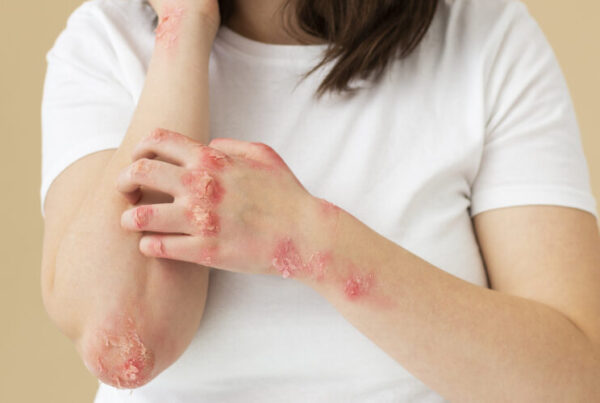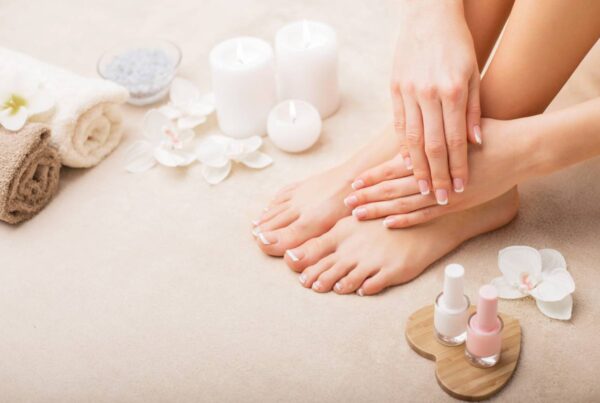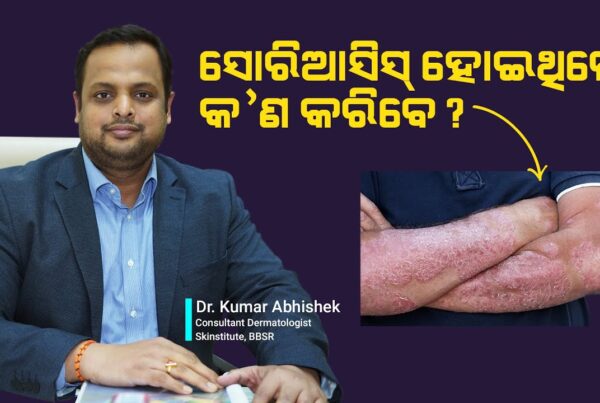Hair dyeing has been a popular practice for centuries, offering a chance for people to transform their appearance, express individuality, or cover up gray hair. While it’s fun and often empowering to change your hair color, it’s important to weigh the impact that hair dye can have on your hair’s health. So, the question arises: Is dyeing your hair healthy?
The Science Behind Hair Dyeing
Hair dyeing involves applying chemical substances to the hair to alter its natural color. There are two primary types of hair dyes: permanent and semi-permanent.
- Permanent hair dye uses chemicals like ammonia and hydrogen peroxide to break through the hair’s natural color and replace it with the desired hue.
- Semi-permanent dye doesn’t penetrate the hair shaft as deeply and fades after several washes.
While hair dye can be fun and a way to create a new look, the chemicals involved can potentially cause damage to hair strands and even affect the scalp.
How Hair Dye Affects Hair Health
- Damage to Hair Structure
Hair is made of keratin, a protein that gives it strength and structure. When you dye your hair, especially with permanent dyes, the chemicals open up the hair cuticle (the outer layer), allowing the color molecules to penetrate the hair shaft. While this process effectively changes the color, it can also leave the hair more porous, meaning it’s more vulnerable to damage, breakage, and dryness.
Frequent dyeing can strip the hair of moisture, leading to dry, brittle strands. Over time, this may result in hair thinning and excessive breakage.
- Scalp Health
While the dye is typically applied to the hair rather than the scalp, it’s common for dye to come into contact with the skin. For some people, chemicals like ammonia and peroxide can cause scalp irritation or even allergic reactions. This can manifest as redness, itching, and inflammation. Individuals with sensitive skin or allergies are particularly at risk for reactions when using certain dyes.
In some cases, overuse of hair dye can lead to conditions like seborrheic dermatitis (an itchy, flaky scalp), as well as exacerbating pre-existing conditions like eczema.
- Coloring Agents and Hair Damage
Most commercial hair dyes contain paraphenylenediamine (PPD), a common chemical that’s responsible for the rich, long-lasting color. However, PPD is known to be an irritant, and frequent exposure can lead to allergic reactions. Some people are more sensitive to this ingredient, and long-term exposure to hair dye can cause damage to the hair follicles, potentially affecting hair growth.
Are There Healthier Alternatives?
If you’re worried about the health impacts of traditional hair dyeing, you might be wondering if there are safer or more natural alternatives. Here are some options to consider:
- Henna
Henna is a natural dye made from the leaves of the Lawsonia inermis plant. Unlike chemical hair dyes, henna is known for being a much gentler option. It coats the hair rather than penetrating it deeply, making it less likely to cause long-term damage. Henna also has a conditioning effect, leaving the hair feeling softer and shinier.
- Plant-Based Dyes
Some brands offer plant-based or organic hair dyes that are free from harsh chemicals like ammonia and PPD. These dyes often use plant extracts, such as indigo or chamomile, to create color. While they may not provide the same intensity or long-lasting results as traditional dyes, they can be a healthier choice for people looking to minimize exposure to chemicals.
- Semi-Permanent Dyes
If you are looking to experiment with color but want a lower-risk option, semi-permanent dyes could be a good choice. These are generally less damaging to the hair since they don’t penetrate as deeply into the hair shaft. They also fade after a few weeks, allowing for a temporary change without long-term effects.
Tips for Minimizing Hair Damage
If you’re set on dyeing your hair but want to minimize damage, there are a few things you can do:
- Limit Frequency: Try to space out your dyeing sessions. Giving your hair some time to recover between applications can help prevent excessive damage.
- Deep Conditioning: Regularly using deep conditioning treatments or hair masks can help replenish moisture and strengthen hair after dyeing.
- Choose Lighter Colors: Lighter shades tend to be less damaging than darker colors. If you’re going for a dramatic change, lighter tones may be easier on your hair.
- Patch Test: Always perform a patch test before applying dye to your entire head. This can help prevent allergic reactions and skin irritation.
- Consider Professional Help: While at-home dyes are convenient and affordable, a professional colorist can help minimize damage and choose the right products for your hair type.
Dyeing your hair is a personal choice, and for many people, it’s a fun way to express themselves. However, it’s important to understand that the chemicals in traditional hair dye can cause damage to your hair and scalp. If you choose to dye your hair, consider the type of dye, how often you dye it, and ways to care for your hair before and after the process. For those concerned about hair health, natural alternatives like henna or plant-based dyes might offer a gentler option. Regardless of which path you choose, taking extra care to protect and nourish your hair will help maintain its health in the long run.




